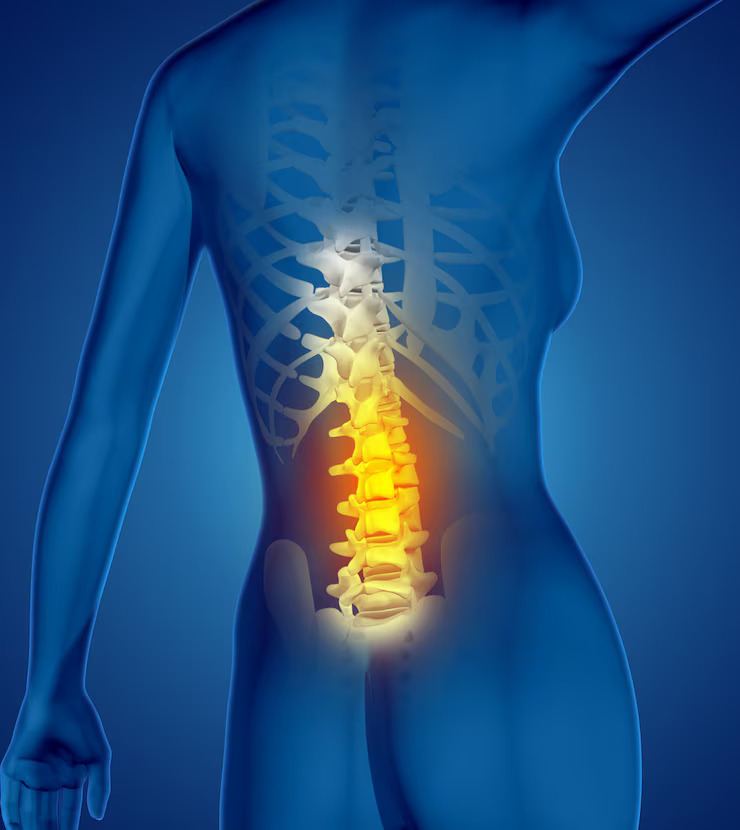Neck Pain In The Digital Age: Combatting Tech Neck
In the digital era, where screens are omnipresent and our lives are intricately intertwined with technology, a new kind of ailment has emerged: “tech neck.” Characterized by discomfort, stiffness, and pain in the neck and upper back, tech neck is becoming increasingly prevalent as we spend more time hunched over smartphones, tablets, and computers. This modern-day affliction is a consequence of our digital habits and can have a significant impact on our overall well-being. However, understanding the causes and implementing preventative measures can help combat tech neck and alleviate its symptoms.
To Know More About It Please Click Here
Understanding Tech Neck
Tech neck, also known as text neck or smartphone neck, is a condition caused by the prolonged use of handheld devices and computers. When we tilt our heads forward to look down at screens, the weight placed on the neck increases exponentially. According to studies, the human head weighs about 10 to 12 pounds in a neutral position. However, for every inch that the head tilts forward, the effective weight on the neck muscles can double or triple. This strain on the neck and upper back muscles leads to tension, soreness, and pain, commonly referred to as tech neck.
Symptoms of Tech Neck
Tech neck manifests through various symptoms, including:
- Persistent neck pain and stiffness.
- Soreness in the shoulders and upper back.
- Headaches, particularly originating from the base of the skull.
- Reduced range of motion in the neck and shoulders.
- Tingling or numbness in the arms and hands, indicating nerve compression.
Combatting Tech Neck
Combatting tech neck involves adopting healthier habits and making ergonomic adjustments to minimize strain on the neck and upper back. Here are some effective strategies:
- Maintain Proper Posture: Be mindful of your posture while using digital devices. Keep your head aligned with your spine and avoid hunching forward. Hold devices at eye level whenever possible to reduce neck strain.
- Take Breaks: Incorporate regular breaks into your screen time routine. Every 20 to 30 minutes, take a moment to stretch your neck, shoulders, and upper back. Simple movements like gently rolling your shoulders and tilting your head side to side can help alleviate tension.
- Practice Ergonomics: Optimize your workspace ergonomics to reduce the risk of tech neck. Ensure that your computer monitor is at eye level, and use an ergonomic chair with adequate lumbar support. Additionally, consider using accessories like laptop stands and ergonomic keyboards to promote better posture.
- Exercise Regularly: Engage in exercises that strengthen the muscles supporting your neck and upper back. Focus on exercises that improve posture, such as yoga, Pilates, and strength training. Strengthening these muscles can help alleviate strain and prevent tech neck.
- Limit Screen Time: Reduce the amount of time spent on digital devices, especially outside of work or school hours. Set boundaries for screen time and prioritize activities that promote physical activity and social interaction.
- Use Voice Recognition: Whenever possible, utilize voice recognition software or virtual assistants to minimize the need for prolonged typing or texting. This can reduce the strain on your neck and upper back muscles.
- Seek Professional Help: If you experience persistent or severe neck pain, consult a healthcare professional for diagnosis and treatment. Physical therapy, chiropractic care, massage therapy, and acupuncture are among the therapeutic options that can provide relief from tech neck symptoms.
Conclusion
In an era dominated by technology, the prevalence of tech neck is a growing concern. However, by understanding its causes and implementing preventative measures, we can effectively combat this modern-day ailment. By maintaining proper posture, taking regular breaks, practicing ergonomic principles, exercising regularly, limiting screen time, using voice recognition, and seeking professional help when needed, we can mitigate the impact of tech neck and preserve our neck and upper back health in the digital age. Remember, prioritizing self-care and adopting healthy habits are essential for preventing and managing tech neck effectively.
Also, Follow us on Instagram







